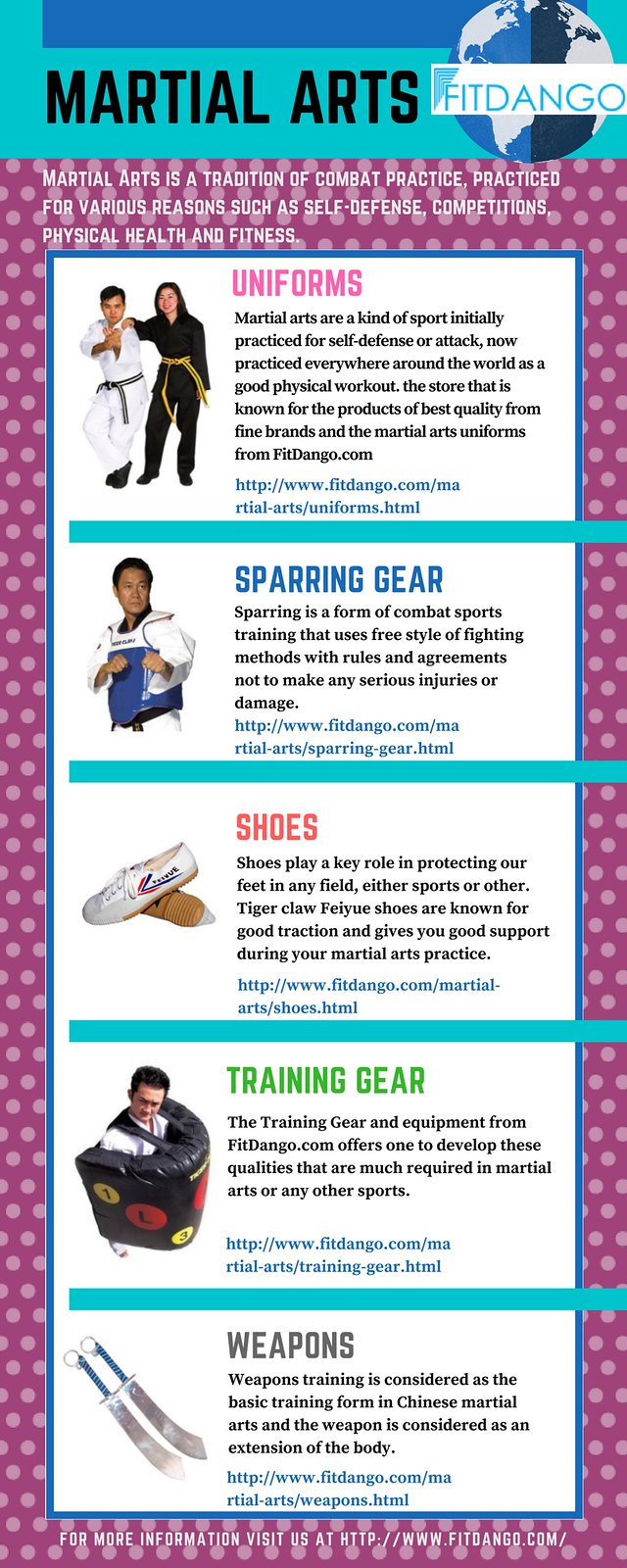The Growth And Historic Context Of Martial Arts Worldwide
The Growth And Historic Context Of Martial Arts Worldwide
Blog Article
Web Content Author-Wilcox Ebsen
Martial arts have a remarkable history that spans centuries and continents. You could find it interesting exactly how ancient methods like Shuai Jiao and Kalaripayattu prepared for modern-day fight methods. These disciplines not just stress physical skills yet additionally show the cultures that birthed them. As you explore their advancement, take into consideration how globalization has transformed these conventional kinds into crossbreed styles. What influences do you think have shaped today's martial arts landscape?
Ancient Martial arts: The Foundations of Fight
As you delve into the world of old martial arts, you'll find the rich foundations that formed fight strategies across societies. https://www.middleburycampus.com/article/2023/01/in-the-heart-of-middlebury-a-martial-arts-dojo-that-trains-the-mind-spirit-and-heart concentrated on Self-Defense and survival, commonly integrating strikes, hurting, and weapons.
In old China, for instance, techniques like Shuai Jiao highlighted throws and joint locks, while India's Kalaripayattu showcased agility and liquid movement. Japanese samurai created Kenjutsu, a refined swordsmanship that highlighted discipline and method.
These martial arts offered not just for fight but likewise as a means of personal development, instilling values like respect and determination. The blending of these techniques in time laid the groundwork for the diverse martial arts you see today, each showing the unique approaches and needs of its culture.
The Cultural Influence on Martial Arts Advancement
While martial arts typically mirror the useful demands of a society, they likewise symbolize the cultural worths and beliefs of their beginnings. When you discover different martial arts, you'll observe how they're affected by faith, philosophy, and social norms.
For example, the focus on regard and self-control in Japanese martial arts originates from Zen Buddhism and samurai culture. On the other hand, Brazilian Jiu-Jitsu promotes flexibility and strategy, shaped by the requirement for performance in a varied, multicultural setting.
You might find that the rituals, uniforms, and training approaches mirror an area's history and identity. By comprehending these cultural impacts, you grow your appreciation of martial arts and their duty fit human experiences across the globe.
Modern Adaptations and the Globalization of Martial arts
Martial arts have actually changed dramatically in recent years, adapting to contemporary society and global impacts. You'll see that typical kinds have combined with modern methods, developing hybrid styles like mixed martial arts. These adaptations accommodate diverse audiences, making martial arts available and appealing worldwide.
With the rise of social networks and electronic platforms, you can discover tutorials and competitors from all corners of the world, breaking geographical obstacles. This globalization has caused a shared gratitude for different techniques, from Brazilian Jiu-Jitsu to Taekwondo.
As you involve with these arts, you'll realize they're not practically battle; they promote health and fitness, self-control, and psychological well-being.
Inevitably, modern adjustments have actually enriched the martial arts landscape, making it a vibrant and developing practice.
Final thought
In discovering the history and development of martial arts, you discover an interesting blend of methods, cultures, and viewpoints. From olympic martial arts -controls like Shuai Jiao and Kalaripayattu to the contemporary adaptability seen in MMA, martial arts mirror mankind's pursuit for Self-Defense and personal growth. As you engage with these techniques, you not just gain skills yet likewise a deeper admiration for the varied traditions that form our world today. So, proceed your trip and accept the art of fight!
